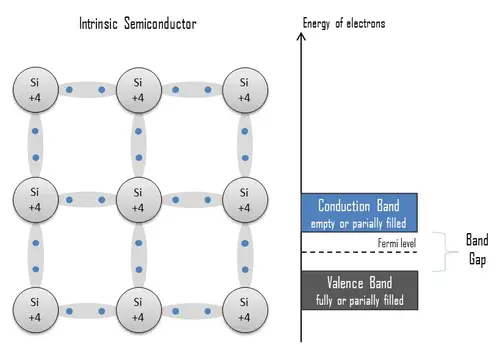Electromagnetic waves are oscillating electric and magnetic fields that propagate through space, carrying energy from accelerating charged particles.
Understanding Electromagnetic Waves
Electromagnetic waves are a fundamental aspect of modern physics and technology. They facilitate communication, power our electronic devices, and enable us to observe and study the universe. This article delves into the nature of electromagnetic waves, their properties, and how they interact with matter.
What are Electromagnetic Waves?
Electromagnetic (EM) waves are oscillating electric and magnetic fields that propagate through space, carrying energy. They are produced by the acceleration of charged particles, such as electrons. EM waves encompass a broad spectrum of wavelengths, ranging from extremely long radio waves to incredibly short gamma rays. This wide range of wavelengths is referred to as the electromagnetic spectrum.
Properties of Electromagnetic Waves
- Transverse waves: EM waves are transverse waves, meaning their oscillations are perpendicular to the direction of propagation. This distinguishes them from longitudinal waves, where oscillations occur parallel to the direction of travel.
- Speed: In a vacuum, EM waves travel at the speed of light (approximately 3.0 x 108 meters per second). Their speed in other media depends on the medium’s refractive index.
- Wavelength and frequency: The wavelength (λ) of an EM wave is the distance between successive peaks or troughs, while the frequency (ν) is the number of oscillations per second. The product of the wavelength and frequency equals the speed of light: λν = c.
- Polarization: Polarization refers to the orientation of the electric field’s oscillations relative to the direction of propagation. EM waves can be linearly, circularly, or elliptically polarized.
Interaction with Matter
EM waves can be absorbed, reflected, transmitted, or refracted when they encounter matter. The outcome depends on the material’s properties and the wavelength of the incident wave.
- Absorption: When an EM wave is absorbed, its energy is transferred to the atoms or molecules in the material. This can lead to an increase in the material’s temperature or cause the excitation of electrons to higher energy levels.
- Reflection: When an EM wave is reflected, its direction changes upon encountering a surface or boundary. The angle of incidence equals the angle of reflection.
- Transmission: When an EM wave passes through a material, some of its energy may be transmitted, while the rest is absorbed or reflected. The transmitted portion of the wave continues propagating in the same or a slightly altered direction.
- Refraction: When an EM wave enters a new medium, its speed changes, causing the wave’s direction to bend. This phenomenon is known as refraction and is governed by Snell’s Law.
In conclusion, electromagnetic waves are a crucial component of the physical world and our daily lives. By understanding their properties and interactions with matter, we can harness their power and develop innovative technologies for various applications.



